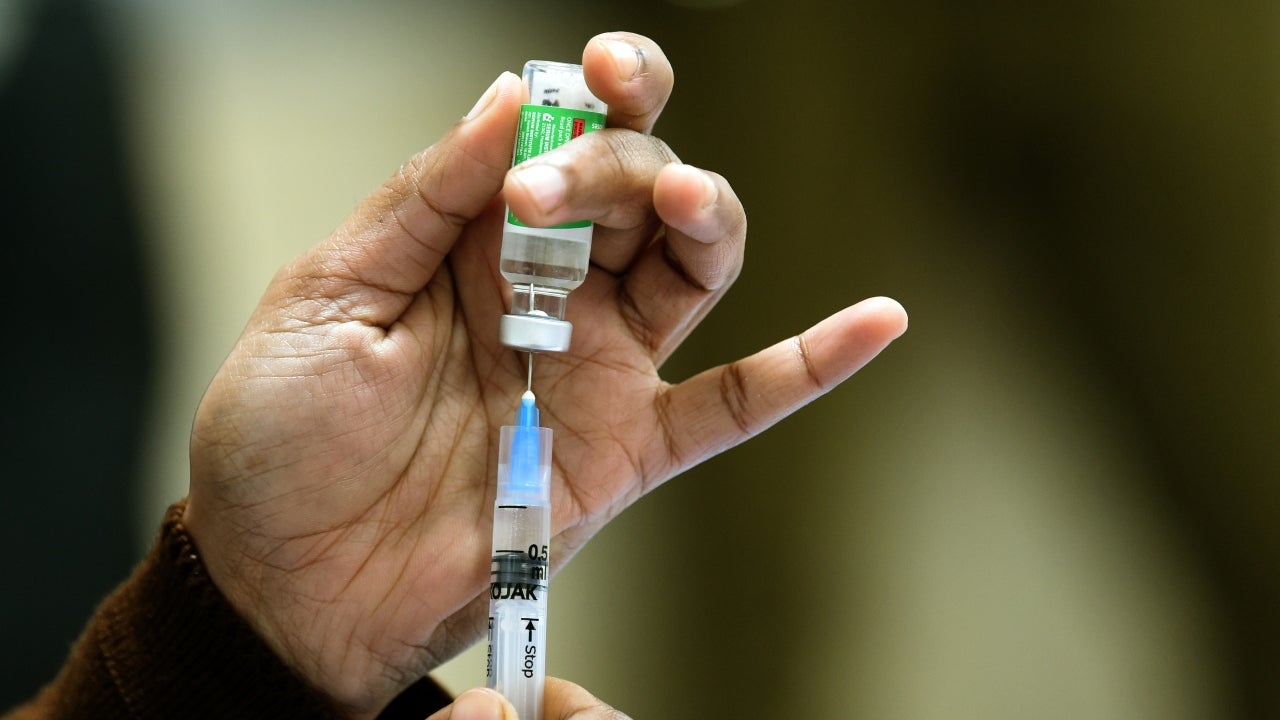

Representative image
(Piyal Bhattacharjee / BCCL Delhi)
Despite a significant increase in the number of people vaccinated around the world in the last few months, uncertainties remain about their ability to treat COVID-19 reinfections – especially those caused by variations and mutations in the new coronavirus -. But now researchers seem to have found a stone that kills all birds in the form of a vaccine that can provide protection against all coronaviruses.
Using an innovative approach, researchers Steven L. Zeichner of UVA Health and Xiang-Jin Meng of Virginia Tech have developed what could one day become a universal coronavirus vaccine. This vaccine would fight not only against all current and future strains of SARS-CoV-2 that cause COVID-19, but also against coronaviruses that previously threatened epidemics or caused regular colds.
How can a vaccine fight all coronaviruses?
The vaccine created by Zeichner and Meng takes an unusual approach, in the sense that it targets a part of the virus’s spike protein called the “viral fusion peptide”. This fusion peptide is essentially universal among coronaviruses; in fact, it did not change or differ at all in any of the genetic sequences of SARS-CoV-2 that were obtained from thousands of patients worldwide. The ability of the vaccine to target this universal part is what should make it effective against all coronaviruses.
To test their effectiveness, Meng and Zeichner developed two vaccines – one designed to protect against COVID-19 in humans and another to protect against the vaccine against swine epidemic diarrhea (PEDV) in pigs. Both diseases are caused by related coronaviruses, which share several amino acids that make up the fusion peptide.
Both vaccines were administered to different groups of pigs, and subsequent analysis showed that the PEDV vaccine as well as the SARS-CoV-2 vaccine protected pigs from the disease caused by PEDV. While vaccines did not completely prevent infection, they successfully protected pigs from developing severe symptoms. Moreover, they also prepared the immune systems of pigs to provide a much stronger immune response to infection.
From these observations, the scientists deduced that if both PEDV and COVID-19 vaccines would protect pigs against PEDV-induced diseases and prepare the immune system to fight the disease, then it is reasonable to think that COVID-19 vaccine would protect and humans against severe coronavirus infections.
Other benefits and future steps
Meng and Zeichner chose to study PEDV in pigs because it gave them the advantage of analyzing the performance of a vaccine against a coronavirus infection in its native host – in this case, in pigs. Other models that have been used to test COVID-19 vaccines are studying SARS-CoV-2 in non-native hosts, such as monkeys or hamsters. The fact that pigs are very similar in physiology and immunology to humans added to the advantage.
Although early evidence demonstrates the efficacy of the vaccine against all coronaviruses, researchers insist that additional testing and human studies would be required before the vaccine is approved for mass production and use.
Overall, the vaccine development platform designed by Zeichner seems to have ticked all the right boxes, because the vaccine offers a new way to rapidly produce vaccines in existing facilities around the world, and this at a very low cost. The vaccine can be mass-produced easily and cheaply because it is created using an existing, widespread technique that involves genetic modification of the common E. coli bacterium. Vaccines created using this method are called killed whole cell vaccines.
“Whole-cell killed vaccines are now widely used to protect against deadly diseases such as cholera and pertussis,” Zeichner explained. “Factories in many low- and middle-income countries around the world now produce hundreds of millions of doses of these vaccines a year for $ 1 a dose or less. It is possible to adapt these factories to make this new vaccine. Because the technology is very similar, the cost should be similar. ”
Moreover, the whole process used to create whole-cell vaccines – from identifying a potential vaccine target, to producing bacteria deleted genes that have vaccine antigens on their surface – can take place in just two to three weeks, making thus ideal for responding to a pandemic.
The results of this study, which are currently being peer-reviewed, were recently published in the scientific journal PNAS. These can be accessed here.
**
For weather, scientific and COVID-19 updates on the go, download Weather Channel application (on the Android and iOS store). It’s free!